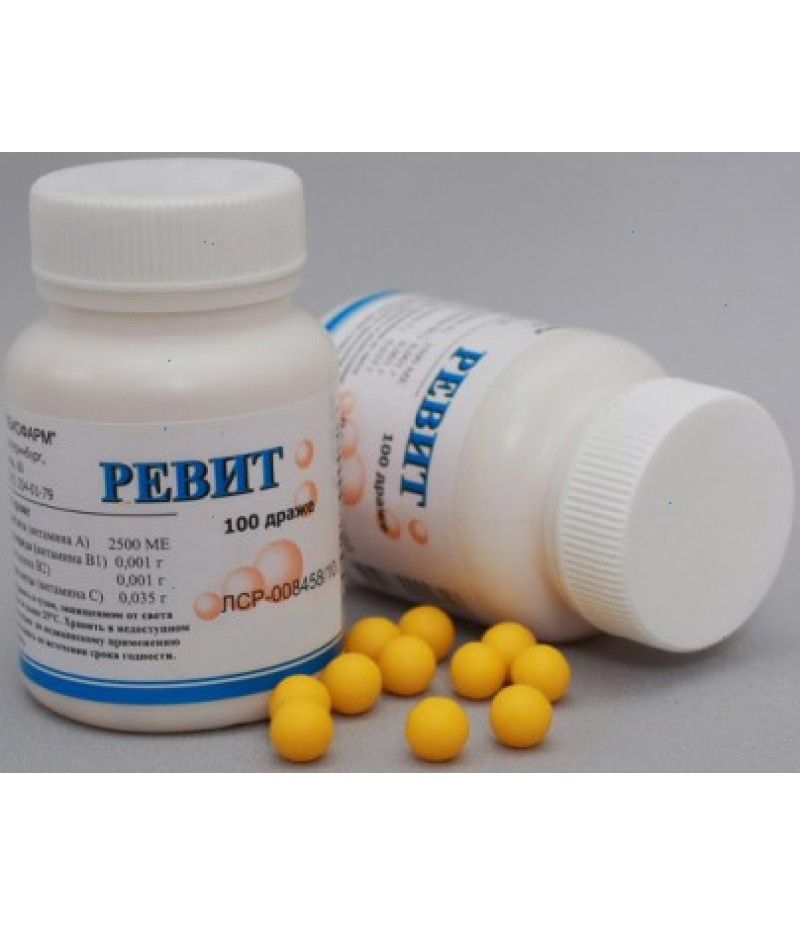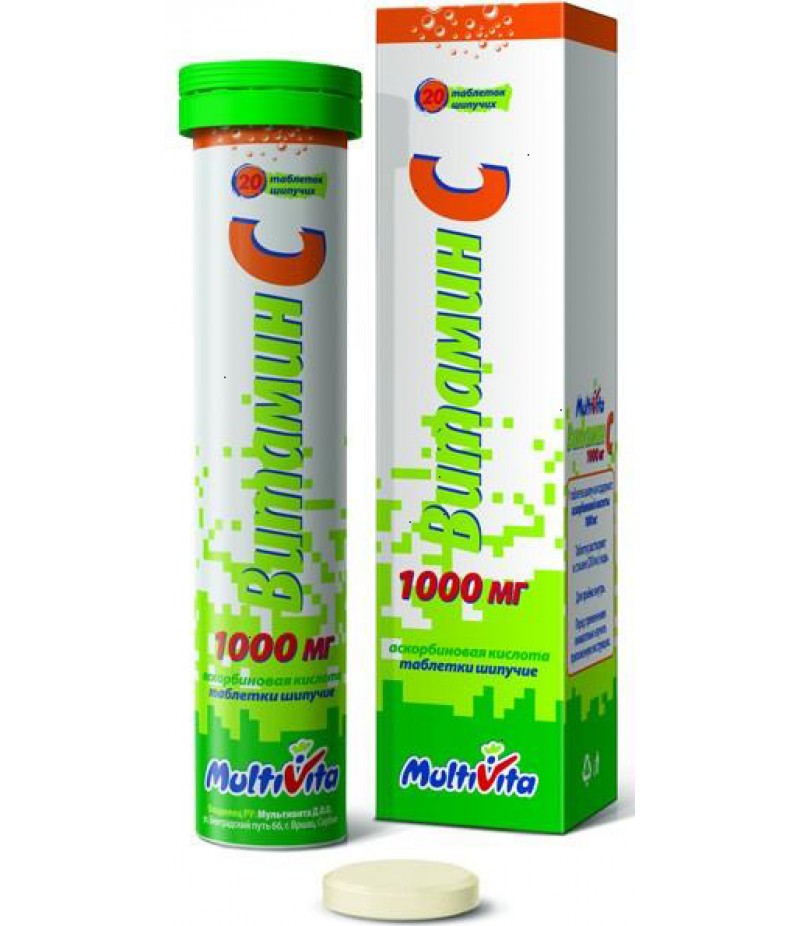Ascorbic acid drajee 50mg #200
- $8.56
- 3 or more $8.25
- 5 or more $7.90
- Availability:In Stock
Ascorbic acid instruction for useYou can buy Ascorbic acid drajee on this pageClinical and pharmacological groupVitamin preparationpharmachologic effectAscorbic acid (vitamin C) is not formed in the h
Ascorbic acid instruction for use
You can buy Ascorbic acid drajee on this page
Clinical and pharmacological group
Vitamin preparation
pharmachologic effect
Ascorbic acid (vitamin C) is not formed in the human body, but comes only with food.
Pharmacological effects: in quantities significantly exceeding the daily requirement (90 mg), almost no effect, except for the rapid elimination of symptoms of hypo- and avitaminosis (scurvy).
Physiological functions: is a cofactor of some hydroxylation and amidation reactions - transfers electrons to enzymes, providing them with a replacement equivalent. Participates in the reactions of hydroxylation of proline and lysine residues of procollagen with the formation of hydroxyproline and hydroxylisin (poststranslational modification of collagen), oxidation of the side chains of lysine in proteins with the formation of hydroxytrimethyllysine (during the synthesis of the picture), the oxidation of folic acid to folinic, the metabolism of the drug in liver microsomes and hydroxylation dopamine with the formation of norepinephrine.
Increases the activity of amidating enzymes involved in the processing of oxytocin, antidiuretic hormone and holitsistokinina. Participates in steroidogenesis in the adrenal glands;
Restores Fe3 + to Fe2 + in the intestines, promoting its absorption. The main role in the tissues is participation in the synthesis of collagen, proteoglycans and other organic components of the intercellular substance of the teeth, bones and endothelium of the capillaries.
In low doses (150-250 mg / day inwards) improves the complexing function of deferoxamine with chronic intoxication with iron preparations, which leads to increased excretion of the latter.
Ascorbic acid actively participates in many oxidation-reduction reactions, it has a nonspecific general stimulating effect on the body. Increases the adaptive abilities of the body and its resistance to infections; promotes regeneration processes.
Pharmacokinetics
Absorbed in the digestive tract (mainly in the jejunum). With an increase in the dose up to 200 mg, up to 140 mg (70%) is absorbed; with a further increase in the dose, the absorption decreases (50-20%). Binding to plasma proteins - 25%. Diseases of the gastrointestinal tract (peptic ulcer of stomach and duodenum, constipation or diarrhea, helminthic invasion, giardiasis), the use of fresh fruit and vegetable juices, alkaline drink reduce the absorption of ascorbic acid in the intestine.
The concentration of ascorbic acid in the plasma is normally about 10-20 μg / ml, the reserves in the body are about 1.5 g when taking daily recommended doses and 2.5 g when taking 200 mg / day. The time to reach Cmax after ingestion is 4 hours.
Easily penetrates into leukocytes, platelets, and then into all tissues; the greatest concentration is achieved in glandular organs, leukocytes, liver and lens of the eye; penetrates the placenta. The concentration of ascorbic acid in leukocytes and platelets is higher than in erythrocytes and in plasma. With deficient states, the concentration in leukocytes decreases later and more slowly and is considered as the best criterion for assessing the deficit than the concentration in the plasma.
Metabolised mainly in the liver in desoxyascorbic and then in oxaloacetic acid and ascorbate-2-sulfate.
It is excreted by the kidneys, through the intestines, with sweat, breast milk in unchanged form and in the form of metabolites.
At the appointment of high doses, the rate of excretion increases sharply. Smoking and the use of ethanol accelerate the destruction of ascorbic acid (conversion into inactive metabolites), sharply reducing the reserves in the body.
It is in hemodialysis.
Indications
- prevention and treatment of hypo-and avitaminosis C;
- a state of increased need for ascorbic acid;
- period of artificial feeding and intensive growth;
Unbalanced nutrition;
- increased mental and physical activity;
- the period of convalescence after severe diseases;
- Alcoholism;
- burn disease;
- a feverish state against the background of acute respiratory diseases, acute respiratory-viral infections;
- long-term chronic infections;
- nicotine dependence;
- stressful condition;
- Postoperative period, pregnancy (multiple birth, against a background of nicotine or drug dependence);
- chronic intoxication with iron preparations (as part of complex therapy with deferoxamine);
Idiopathic methemoglobinemia.
Contraindications
- thrombophlebitis;
- propensity to thrombosis;
- diabetes;
- deficiency of sugar / isomaltase, intolerance to fructose,
glucose-galactose malabsorption;
- Hypersensitivity.
With caution: hyperoxalaturia, renal failure, hemochromatosis, thalassemia, polycythemia, leukemia, sideroblastic anemia, deficiency of glucose-6-phosphate dehydrogenase, sickle cell anemia, progressive malignant diseases.
Dosage
The drug is taken orally after a meal.
For prophylaxis: adults 0.05-0.1 g (1-2 tablets) / day, children from 5 years - 0.05 g (1 dragee) / day.
For treatment: adults 0.05-0.1 g (1-2 tablets) 3-5 times / day, children from 5 years - 0.05-0.1 g (1-2 tablets) 2-3 times / day.
In pregnancy and lactation - 0.3 g (6 tablets) / day for 10-15 days, then for 0.1 g (2 dragees) / day.
Side effects
If any side effects occur, stop taking the medication and consult a doctor.
From the side of the central nervous system: headache, fatigue, with prolonged use of large doses - increased CNS excitability, sleep disturbances.
From the digestive system: irritation of the mucous GIT, nausea, vomiting, diarrhea, stomach cramps.
From the endocrine system: oppression of the insular pancreas function (hyperglycemia, glucosuria).
From the side of the urinary system: when used in high doses - hyperoxalaturia and the formation of urinary stones and calcium oxalate.
From the cardiovascular system: thrombosis, when used in high doses, increased blood pressure, the development of microangiopathies, myocardial dystrophy.
Allergic reactions: skin rash; rarely anaphylactic shock.
Laboratory indicators: thrombocytosis, hyperprothrombinemia, erythropenia, neutrophilic leukocytosis, hypokalemia.
Other: hypovitaminosis, sensation of heat, with prolonged use of large doses - sodium (Na +) and liquid retention, disruption of zinc exchange (Zn2 +), copper (Cu2 +).
Overdose
Symptoms: when taking more than 1 g / day, heartburn, diarrhea, difficulty urinating or staining the urine in red, hemolysis are possible. (in patients with deficiency of glucose-6-phosphate dehydrogenase).
Treatment: symptomatic, forced diuresis.
Drug Interactions
Increases the concentration in the blood of benzylpenicillin and tetracyclines; in a dose of 1 g / day increases the bioavailability of ethinyl estradiol.
Improves absorption in the intestines of iron preparations (converts trivalent iron into bivalent); can increase the excretion of iron with simultaneous application with deferoxamine.
Acetylsalicylic acid (ASA), oral contraceptives, fresh juices and alkaline drink reduce absorption and absorption.
When used simultaneously with ASA, urinary excretion of ascorbic acid increases and ASA excretion decreases. ASA reduces the absorption of ascorbic acid by about 30%.
Increases the risk of development of crystalluria in the treatment of salicylates and, sulfonamides - a short action, slows the release of kidney acids, increases the excretion of drugs that have an alkaline reaction (including alkaloids), reduces the concentration of oral contraceptives in the blood.
Increases the total clearance of ethanol, which, in turn, reduces the concentration of ascorbic acid in the body.
Preparations of the quinoline series (fluoroquinolones, etc.), calcium chloride, salicylates, GCS with long-term use deplete the stores of ascorbic acid.
With simultaneous use reduces the chronotropic effect of isoprenaline.
With prolonged use or use in high doses, it can disrupt the interaction of disulfiram-ethanol.
In high doses increases the renal excretion of mexiletine.
Barbiturates and primidon increase the excretion of ascorbic acid in the urine.
Reduces the therapeutic effect of antipsychotic drugs (phenothiazine derivatives), tubular reabsorption of amphetamine and tricyclic antidepressants.
special instructions
In connection with the stimulating effect of ascorbic acid on the synthesis of corticosteroid hormones, it is necessary to monitor the function of the kidneys and blood pressure
With prolonged use of large doses, oppression of the insulin function of the pancreas is possible, so during the treatment it must be regularly monitored.
In patients with elevated iron levels, the body should use ascorbic acid in minimal doses.
Assigning ascorbic acid to patients with rapidly proliferating and intensely metastatic tumors can aggravate the course of the process.
Ascorbic acid, as a reducing agent, can distort the results of various laboratory tests (blood glucose, bilirubin, transaminase activity, lactate dehydrogenase).
Impact on the ability to drive vehicles and manage mechanisms
Ascorbic acid does not affect the speed of psychomotor reactions when driving and working with precise mechanisms.
Pregnancy and lactemia
The minimum daily requirement for ascorbic acid in the II-III trimesters of pregnancy is about 60 mg.
The minimum daily requirement for lactation is 80 mg. A mother's diet containing an adequate amount of ascorbic acid is sufficient to prevent the deficiency of vitamin C in an infant (it is recommended not to exceed the maximum daily requirement for ascorbic acid by the nursing mother).
Application in childhood
For prophylaxis: to children from 5 years old - to 0.05 g (1 dragee) / day.
For treatment: children from 5 years old - 0.05-0.1 g (1-2 tablets) 2-3 times / day.
Conditions of leave from pharmacies
The drug is approved for use as a means of OTC.
Terms and conditions of storage
Keep the drug in a dry, dark place at a temperature of no higher than 25 ° C.
Keep out of the reach of children.
Shelf life - 1 year 6 months.
Do not use after the date indicated on the package




